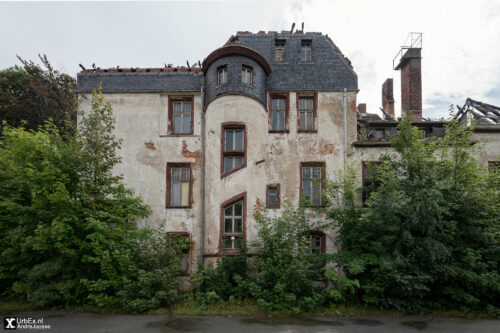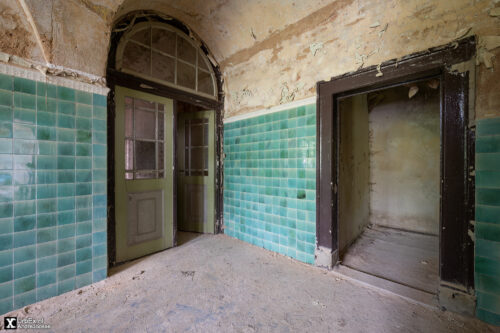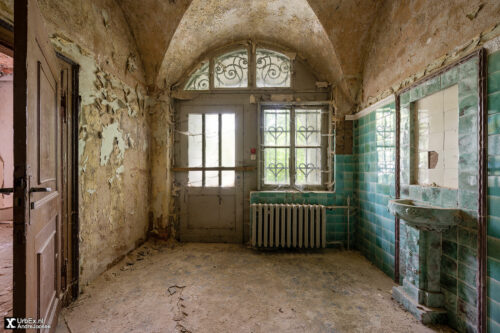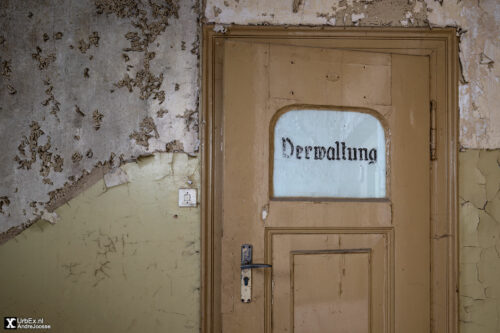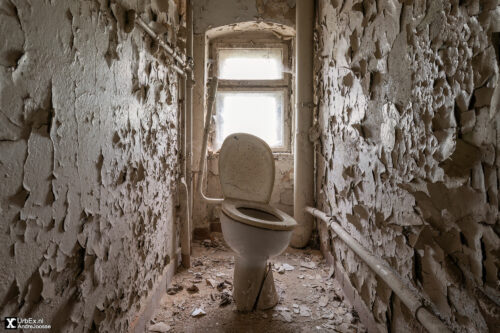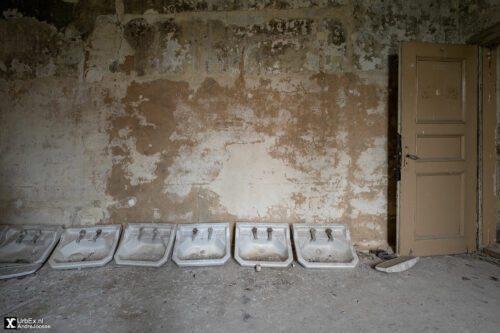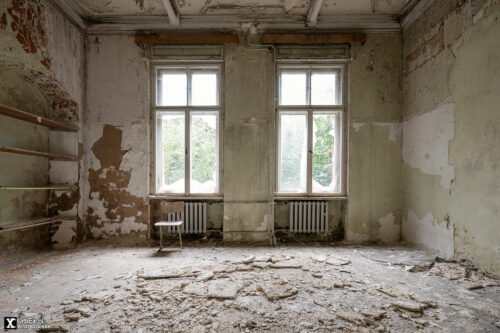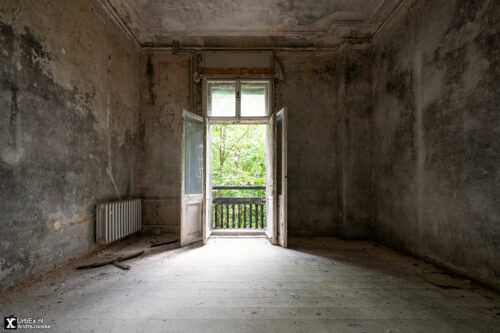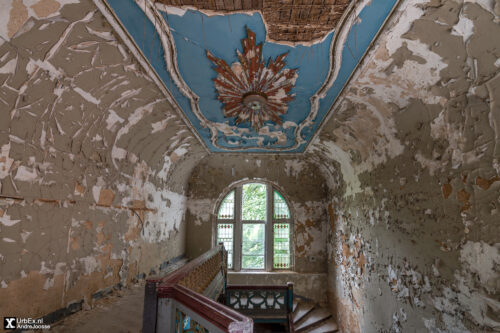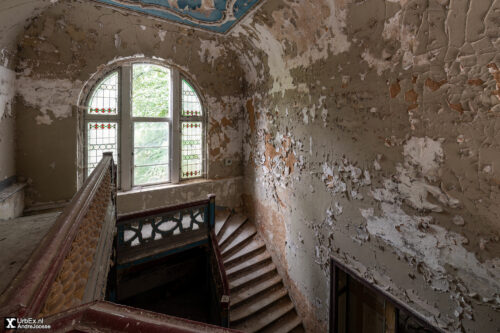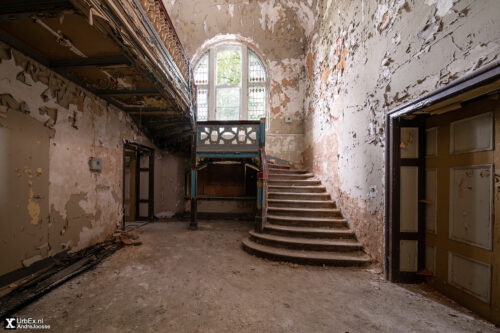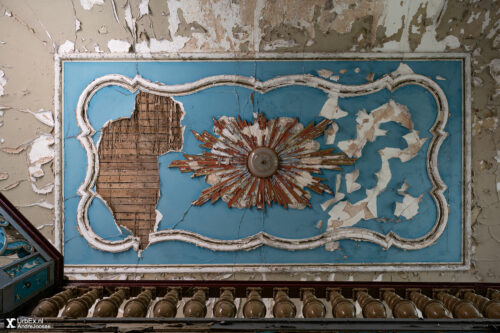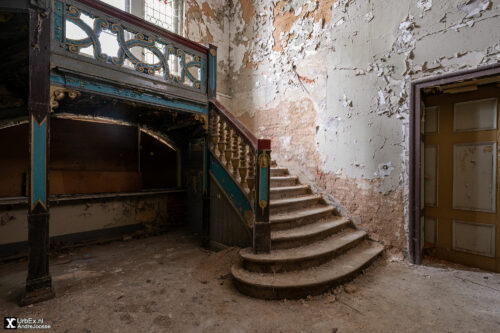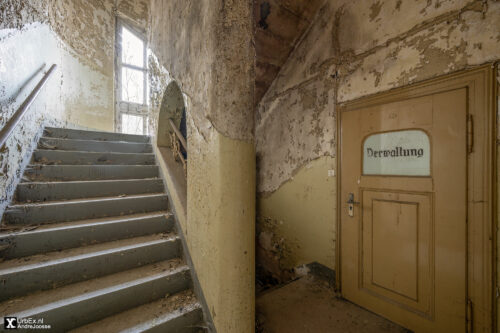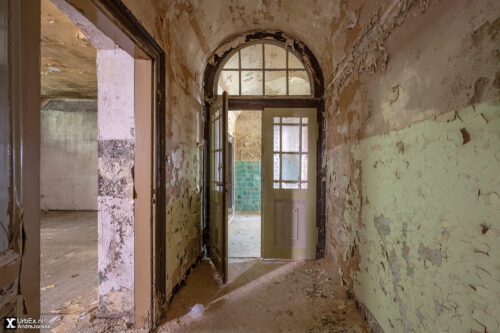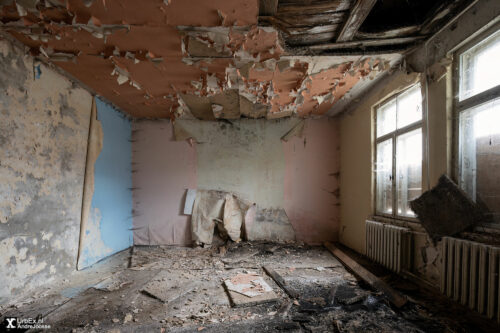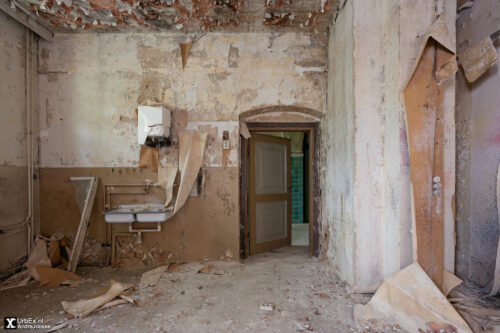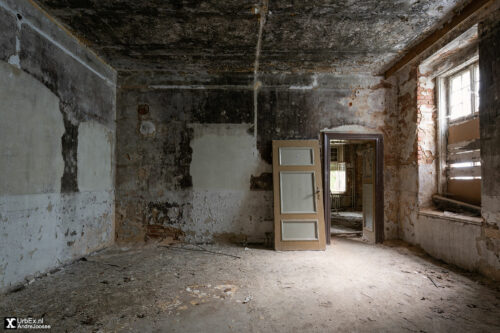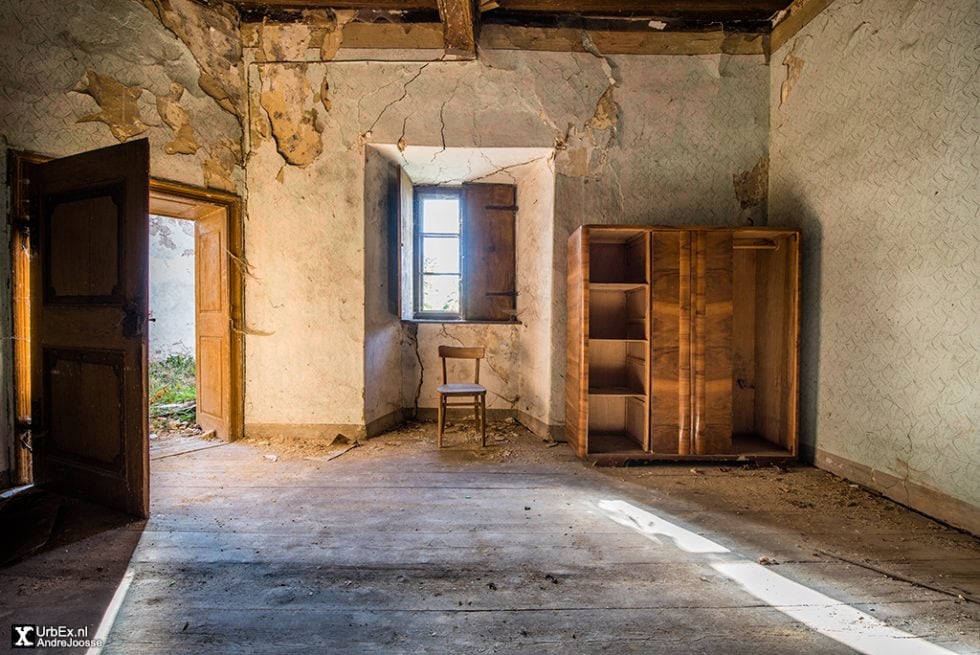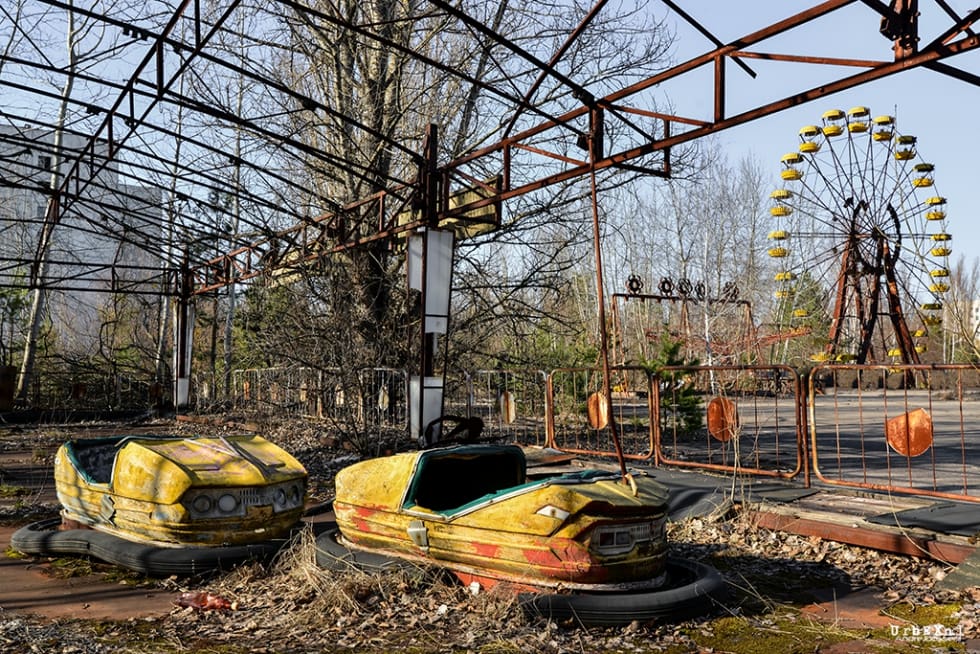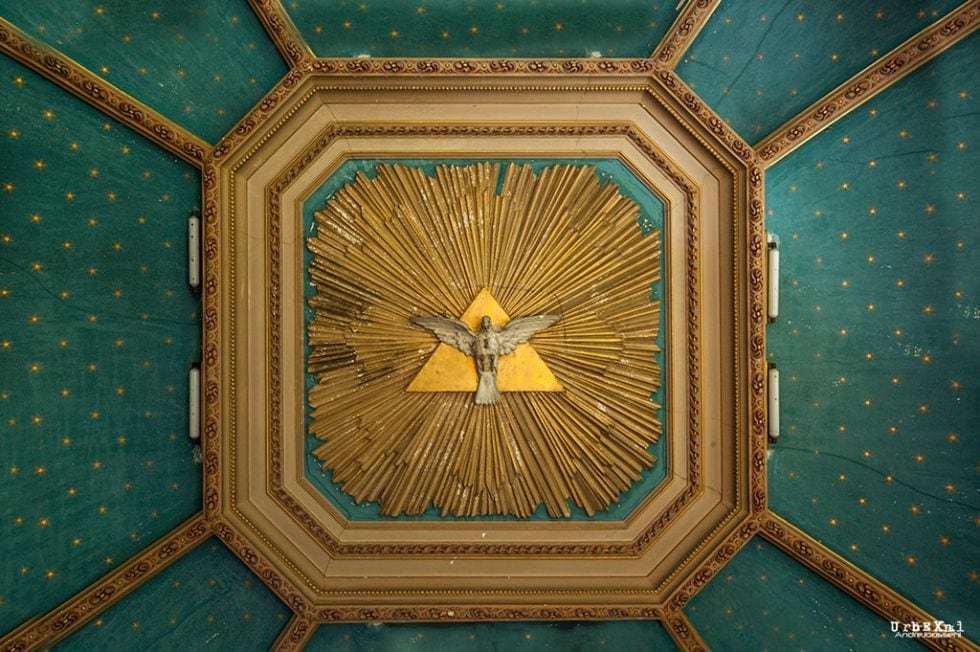Rittergut Roschütz
THE ABANDONED CASTLE IN GERMANY
This is the manor house of Rittergut Roschütz, which was once the seat of a porcelain factory. The mansion was built around 1895 and is a protected monument today.
The Slavic town of Roschütz was first mentioned in a document in 1146. In 1811, a porcelain factory was built in Roschütz, which mainly produced tableware for export. The factory was initially quite small. In 1882, Oskar Unger and Bernhard Schilde took over the company and expanded it to include other buildings. In 1895 the Gera weaving mill owner Ernst Meyer acquired the estate and had this magnificent and comfortable manor house built on it. Not much later, an approximately 100-hectare complex of forest and fields was created around the new manor house.
Ernst Meyer died in 1915 and the Rittergut was acquired by the industrialist Oskar Arnold from Neustadt. He realized his vision of a luxury park with various stone pedestals and sculptures. Walking paths were created, rare trees were planted and a tea house with antique style elements was built. After the First World War, he sold the entire site, including the park because of his financial problems.
Pig farm
The first parts of the property fell into disrepair as early as the Second World War. In 1938, on the initiative of the city and the National Socialist People’s Welfare, a pig farm was built in Roschütz that could keep 800 animals. Kitchen waste from Gera households is fed. Nevertheless, plans were made in 1937 to convert the manor house into a rest home for mothers. These plans were eventually implemented in 1939 with some changes. Instead of the rest home, the house now served as ‘Reichsarbeitsdienstlager für die weibliche Jugend’. Participation in the Reich Labor Service (RAD) became compulsory for all male and female workers aged 18 to 25 during the Nazi era. The use of girls in female labor service was almost exclusively in agriculture. Here the girls helped with gardening and field work, housework, caring for the small livestock, milking and looking after the children.
With the end of the World War, the manor got new residents again. Resettlers from Silesia and the Sudetenland moved in and farmed the fields and forests that had been divided up by the land reform. The mansion itself served as a military hospital for the Red Army. From now on, however, the park itself was no longer part of it. The municipality of Roschütz bought this in order to build a new summer pool in the middle of the large meadow.
School
In the course of the years, the manor house was used in completely different ways. First as a school for the training of people’s judges, then as the only school for the travel agency of the FDJ (youth tourist) and later as a pioneer leader school. With the reunification it was over and the entire former manor site was managed in trust. In 2009, investors searched in vain for investors who would fill both the manor house and the outdoor pool and park with new life.
But in 2018 the fire brigade had to rush to the manor, the roof structure of which was completely on fire and almost completely burned down. The manor house was partly saved thanks to the rapid deployment of the rescue services. The roof and the top floor are almost completely destroyed. I visited Rittergut Roschütz in 2020.
